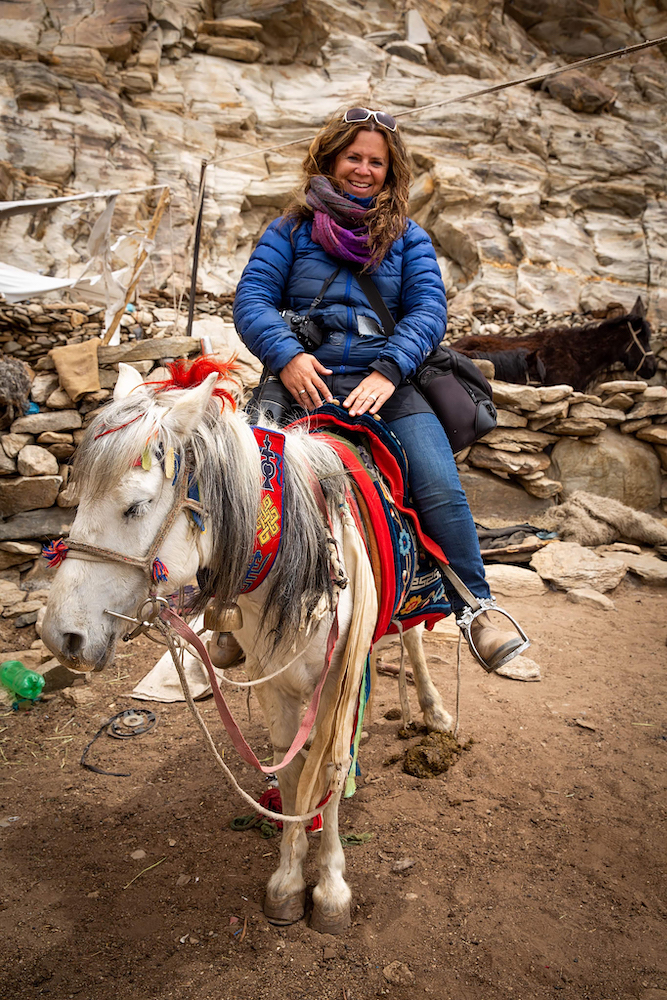Julie-Anne’s earliest memories consist of lying on the carpet of her childhood home scouring through the pages of her father’s prolific National Geographic collection. Her mind was shaped at a young age by visuals of exotic far off lands, cultures completely unlike her own and wild creatures her imagination barely yet had the capacity to comprehend. On her 10th birthday she received her first camera and recalls a distinct sense of ‘knowing’ from that moment that photography was going to play a central and defining role in her life.
In love with her rural home in the mountains of Western Canada, but unable to suppress her nomad heart, Julie-Anne has spent the past several decades traveling the world, often with her two young children in tow. She leads cultural photography tours for UK based Wild Images and is an expedition photographer and ‘Adventure Specialist’ (yes, this is her real job title) for the world’s largest outdoor female adventure company, Wild Women Expeditions.
Her heart is drawn to remote and challenging to access corners of the world and in particular to regions where lives are still intricately and intrinsically tied to the land on which they depend. The human condition and how it is shaped by its relationship to nature drives an endless curiosity in Julie-Anne and forms the backbone of her photography work. Fascinated by cultural, religious and ethnic diversity, she is often driven by a sense of urgency to document within these remote parts of our planet ‘what still is’ before it becomes ‘what was’. In doing so, she hopes to play her part in contributing to a visual archive of the beautiful but rapidly vanishing cultural diversity among humanity.
She is a five time exhibitor in the prestigious Atlas of Humanity project, an ethnographic showcase of the world’s diverse cultures in Paris, Milan and New York and has been featured in many international publications. At home, her energy is spent, other than with family, in photographing the stunning Canadian landscape and most recently shifting towards documenting our changing natural environment through film and storytelling.
Wild Images Photo Tours
Wild Women Expeditions
